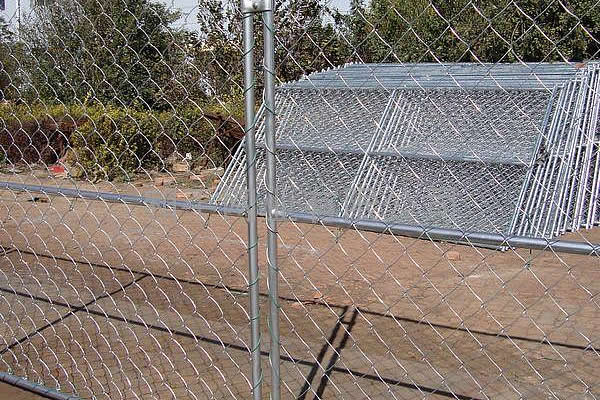 TEL:
+86-13102802206
TEL:
+86-13102802206
 Email:
fencenetting@china.com
Email:
fencenetting@china.com
 Language
Language
 TEL:
+86-13102802206
TEL:
+86-13102802206
 Email:
fencenetting@china.com
Email:
fencenetting@china.com
 Language
Language


The Importance of 316L Welding Wire in Modern Fabrication
316L welding wire is a crucial component in the fabrication of stainless steel structures and components, particularly in industries that demand corrosion resistance, such as chemical processing, marine applications, and food and beverage manufacturing. This article delves into the properties, applications, and advantages of 316L welding wire, underscoring its significance in modern engineering and construction.
Properties of 316L Welding Wire
316L welding wire is made from a low carbon version of the 316 stainless steel alloy. The composition typically includes nickel and molybdenum, which provide enhanced corrosion resistance compared to other stainless steel grades. The low carbon content (denoted by the L) minimizes the risk of carbide precipitation during welding, which can lead to intergranular corrosion. This makes 316L an ideal choice for environments where chlorides and other corrosive substances are present.
The mechanical properties of 316L welding wire are also noteworthy. It offers excellent tensile strength and maintains good ductility, allowing it to withstand considerable stress without fracturing. Furthermore, 316L maintains its integrity at high temperatures, making it suitable for applications involving heat exposure.
Applications of 316L Welding Wire
The versatility of 316L welding wire is evident in its varied applications across multiple industries. In the pharmaceutical and food processing industries, for instance, the material's resistance to corrosion and its hygienic properties are paramount. Equipment such as tanks, pipelines, and valves constructed from 316L stainless steel ensure that products remain uncontaminated and safe for consumption.
Marine environments present unique challenges due to saltwater exposure, which can cause rapid corrosion in less resistant alloys. As such, 316L welding wire finds extensive use in boat manufacturing, offshore structures, and coastal facilities, where long-lasting and durable materials are essential.

Furthermore, the chemical industry frequently uses 316L welding wire for fabricating reaction vessels, heat exchangers, and other equipment where corrosive chemicals are processed. The ability to withstand aggressive environments ensures operational safety and efficiency.
Advantages of Using 316L Welding Wire
One of the most significant advantages of 316L welding wire is its exceptional corrosion resistance. This property not only extends the lifespan of welded assemblies but also reduces maintenance costs, providing long-term economic benefits. Since failures due to corrosion can lead to significant downtimes, using 316L is a proactive strategy for operational reliability.
Additionally, welding with 316L wire typically requires minimal pre- and post-weld treatments, simplifying the fabrication process. This efficiency enhances productivity and allows for faster project completion. The ease of welding 316L wire to various stainless steel grades further increases its utility, as it enables seamless integration in multi-material constructions.
Moreover, the aesthetic appeal of welded 316L components cannot be overlooked. The smooth, polished finish that can be achieved through proper welding techniques boosts the visual quality of fixtures and structures, making them suitable for architectural applications where appearance is as important as performance.
Conclusion
In conclusion, 316L welding wire is indispensable in contemporary manufacturing and fabrication. Its superior properties, including excellent corrosion resistance, mechanical strength, and versatility, make it an ideal choice for a multitude of critical applications. As industries continue to evolve and face new challenges, the role of 316L welding wire remains vital in ensuring safety, reliability, and efficiency in construction and manufacturing processes. Emphasizing its importance not only highlights the advancements in material science but also the ongoing need for high-quality materials that can meet the demands of an ever-changing world.